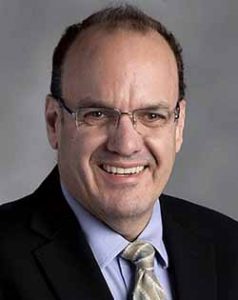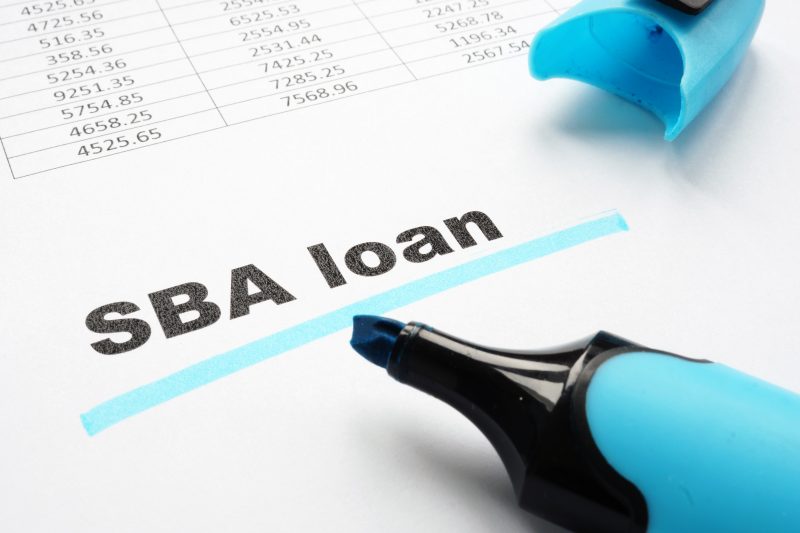Fees can add up when obtaining an SBA small business loan. Here’s some good news on that front.
Starting Oct. 1, 2021, through Sept. 30, 2022, the US Small Business Administration will waive both the upfront guaranty fee on the 7a, Express and EWCP loans, among others, as well as the ongoing servicing fee, for amounts up to $350,000. This reduction in fees will allow small businesses easier access to financial support options and more revenue to sustain internal exports, capital levels, and credit.
Previously, SBA loans covered only up to $150,000. This kept smaller businesses, such as minority-run or mom and pop stores, struggling from capital shortages from getting the support they needed after fees. With the new $350,000 threshold and waiver coming Oct. 1, these businesses will not only gain the freedom to obtain financial support, but also get more banks interested in offering smaller-dollar loans.
Here are some of the additional SBA loan details and changes:
- For loans between $350,001-$1,000,000, the SBA upfront fee and ongoing serving fee will be slightly reduced. For loans over $1,000,000, standard SBA fees (calculated by the SBA) will apply.
- For all loans approved by the SBA starting Oct. 1, standard guaranty percentages will apply.
- 504 loans will revert to their standard fees on Oct. 1. This includes loans currently not approved.
- SBA loans (except 504) approved by the SBA by Sept. 30 will have a 90% guaranty (75% for Express loans) and a $0 fee.
First American Bank, recognized in Forbes’ 2021 list of America’s Best Banks, is a full-service bank with specialized teams dedicated to trade finance solutions and international financing for global businesses The bank has 59 locations across Florida, Illinois, and Wisconsin – including a half dozen branches in Miami-Dade — and over $5.5 billion in assets.

For more on what all this will mean to small businesses, I connected with Alan Lane-Murcia, SBA Program Manager for First American Bank, to learn more.
Who will benefit the most from these fee waivers and loans? Have they had any means of assistance before?
Mainstreet mom and pop businesses will benefit the most from this waiver and the loans received because of it. Additionally, historically women- and minority-owned businesses have also fallen under the lower-dollar loan amounts that would be served the most. As for previous assistance, during COVID, the SBA did the PPP program and had fee waivers for all other SBA loans running from January to September of this year. This new waiver is for an entire year for $350,000 and under, which has never been done before.
How did the SBA choose $350K as the new maximum, given the previous was $150K?
$350,000 is an SBA cutoff for how banks conduct underwriting. We can do streamlined underwriting for loans $350,000. It is easier for loans of this level to get done expeditiously. Additionally, a lot of the small businesses mentioned before, the mom and pop and minority business, fall under that category. As for the $150,000 cutoff before, that was done in an effort to get more smaller dollar loans out. This is more targeted for streamlined underwriting and to help more underserved groups.
How many businesses have been seeking assistance as of this past year? Have you or the SBA seen spikes in need over the course of different quarters, or from any particular area in small business?
Outside of the PPP loans, First American Bank has seen a spike in SBA lending. More customers became aware of SBA as of late, especially after First American Bank made the current fee waiver lasting through September known to its customers. That resulted in a spike in SBA loan requests. On a broad sense, because of the pandemic, a lot of business owners in their 60s have decided to sell their businesses to employees. That has generated a spike in loans for those transactions. Other businesses also have contracts with different government agencies or businesses now, which has created an uptick in calls to do working capital for those contracts. SBA lending itself, however, has not seen as big of an uptick. It has been a relatively standard year outside of the PPP loans. In fact, the PPP loans put so much liquidity into small business owners that many have not felt the need to reach out for additional loan funds.
READ MORE ON GROWBIZ: Need to finance real estate or equipment? Don’t overlook the SBA 504 loan

